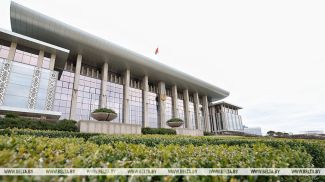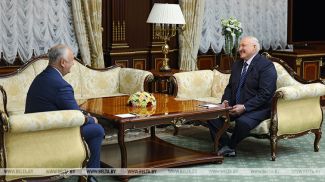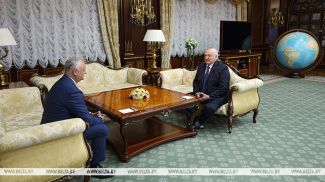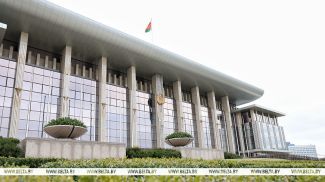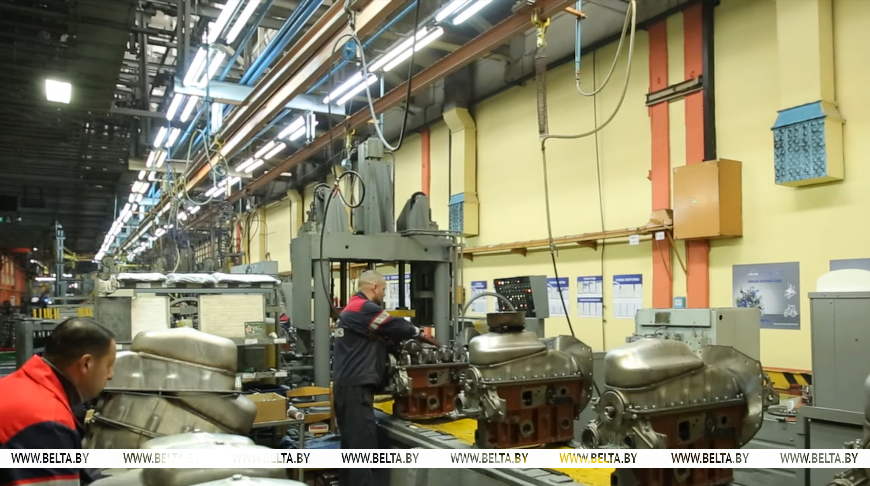
An archive photo
Do you know what Belarusians must appreciate the most? The ability to choose their own path of development and follow it, no matter what. Indeed, sometimes we have to swim against the current, face a barrage of criticism... But, as the saying goes, the dogs bark, the caravan moves on. One of the latest examples is the coronavirus pandemic. Belarus had a no-lockdown strategy. For the majority of the world it was a time of crisis. For Belarus it was a time of opportunities. Aleksandr Lukashenko has been adhering to the ‘our way policy’ from the first days of his presidency. In this episode, we will tell you what choice the Belarusian president faced in the 1990s, how the young country became the successor of the best Soviet achievements, why Belarusians tried to win the USSR Quality Mark and why they are reviving this tradition. To answer these questions, let's turn to the Belarusian engine manufacturer MMZ, the CIS industry leader.
History of Belarus’ engine production industry
Construction of Minsk Motor Plant (MMZ trademark) began on the north-eastern outskirts of Minsk in the autumn of 1960. The plant produced its first D-50 tractor engine in 1963. Tractors with this legendary engine worked the fields of the vast multinational Soviet Union and beyond. In the early 1970s, the plant was the first in the industry to receive the right to use the State Quality Mark, and its director Vladimir Rozhkov was honored with the State Award of the USSR.
D-50 set the trend for many decades to come. Even now, 50 years later, some farms around the world still use machines with D-50.
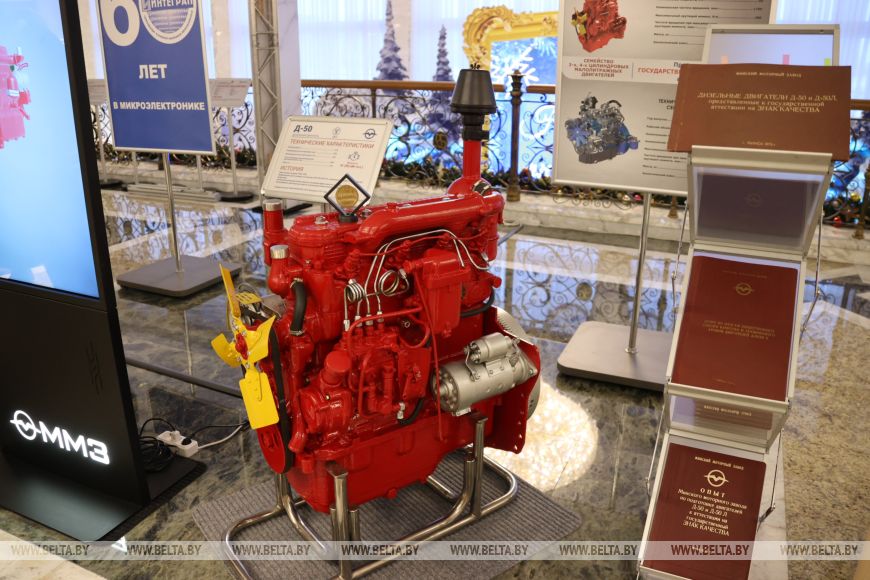
“Its design relies on the scheme and dimension that proved very economical relative to its light weight. Series production of the engine began in 1963 and was tailored for farm machines made by Minsk Tractor Works. For many years the engine underwent comprehensive tests at the machine-testing stations of the Soviet Union, at Minsk Motor Plant itself, Minsk Tractor Works. During its service life on the fields of the Soviet Union, it proved economical and reliable. Its parts proved durable. In 1971, the engine received the Quality Mark of the Soviet Union,” said Sergei Sevizdral, Lead Design Engineer of Low-Power Engines, Chief Designer.
The award, which came as a result of many-year efforts, opened up great economic prospects for the company. Soon afterwards the Minsk designers were challenged again. The new MTZ-80 tractor needed a more powerful engine. The government picked up the Vladimir plant for the task and told MMZ to stop R&D. However, the Minsk plant continued the work. As a result, two tractors, made in Vladimir and in Minsk, went to field tests in different climatic zones. The MMZ engine proved better.
First challenges
In the 1980s, with the estimated capacity of 140,000 engines per year, the plant produced almost 160,000 engines. However soon came disruptions in the supply of component parts, price hikes and inflation. This suggested that the economic situation in the country was beginning to deteriorate.
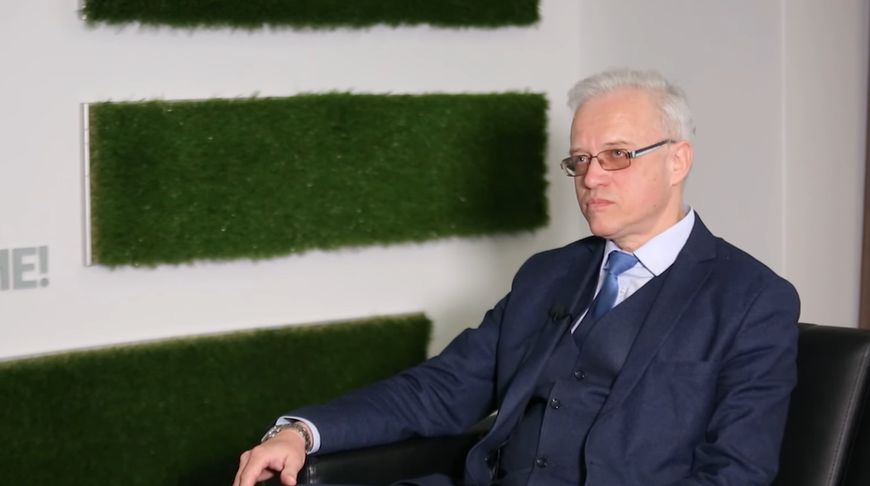
“When I came to work at the plant in 1984, I was absolutely confident in the future of the enterprise and the country. I firmly believed that all the foundations, both economic and universal ones, were there to stay forever. I couldn’t imagine that just six years later such a great power as the Soviet Union would cease to exist. In those years, I had my life planned for at least 15 years ahead. But then came the 1990s and the collapse of the Soviet Union. We came to realize that anything could happen. The plant could be closed, corporatized, sold, or resold. Such prospects were real. We did not need competition at such a cost,” recalled Aleksandr Loginov, Head of the Pre-Production Bureau of the Chief Technologist. “It's a good thing that this didn't happen, because otherwise the plant would have simply ceased to exist. 6,000 people would have lost their jobs and ended up on the streets. I'm glad that didn't happen.”
Why did Lukashenko decide to support industry giants?
Having come to power in 1994, Aleksandr Lukashenko really faced a choice regarding the industrial giants and large agricultural complexes. With economic chains with other post-Soviet republics broken, they found themselves on the verge of shutting down. They argued that Belarus, a small country, did not need such huge enterprises. And insisted that it must focus on small mobile companies. Such was the trend across the world. Many countries, including our neighbors, sold their best assets.

“Do you remember the situation after the 1994 presidential election? Why was it so difficult to make a decision? It was so chaotic; there were so many unresolved problems. Store shelves were empty. And we had to save people, save the country. We also had to figure out what to do with our industry giants. Yet, when I came to the factory three months later and talked to the people, I realized that the company would hold out, although at that time it produced only one type of engines. Back then, in the mid-1990s, you and I decided to preserve large-scale production in Belarus. We gave it a boost and it got a new lease on life,” the head of state recalled during his visit to the company in 2005.
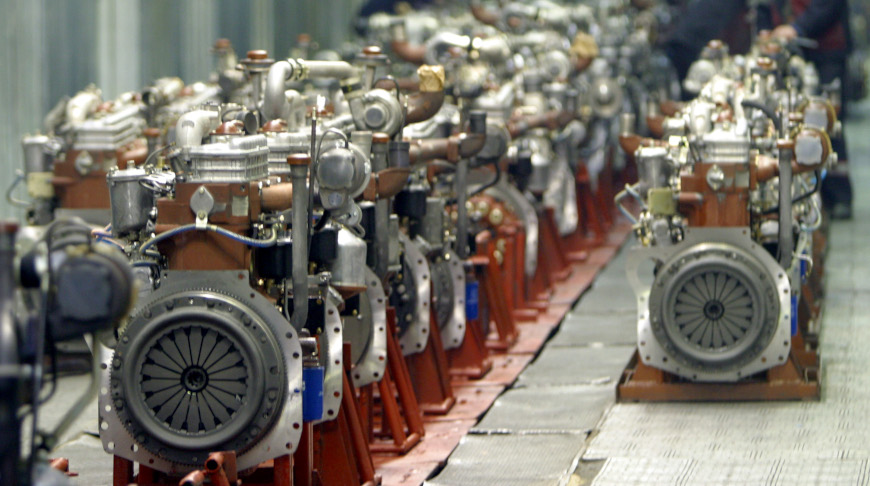
Time has proved us right. What happened to industry locomotives in other countries? In fact, the tractor plant in Kharkov was shut down. MMZ’s top competitor, Vladimir Motor and Tractor Plant, also ceased to exist. Altai Motor Plant stopped producing engines after Germany discontinued supplies of component parts.
And some of its premises was used to build a mall. Vilnius’ industry giant, Fuel Equipment Plant, can no longer be found on the city’s map, either. It once employed 10,000 people, it was a city within a city.
What did Lukashenko promise as he visited the company in 1994?
Sergei Sevizdral recalled the president’s first visit to MMZ in 1994. Everyone was getting ready: from janitors to the director.
“We, the designers, were to show what the situation was like in the past, how we were doing at that moment and what we were planning to do next. We were to showcase some prototypes. We arranged an exposition for the president. He also inspected the workshops and talked to the workers. Of course, everyone was nervous and tense, but the visit went very well. The president was generally pleased with our enterprise and set certain tasks. One of the tasks was to make six-cylinder engines. And next year we launched this product,” he said.
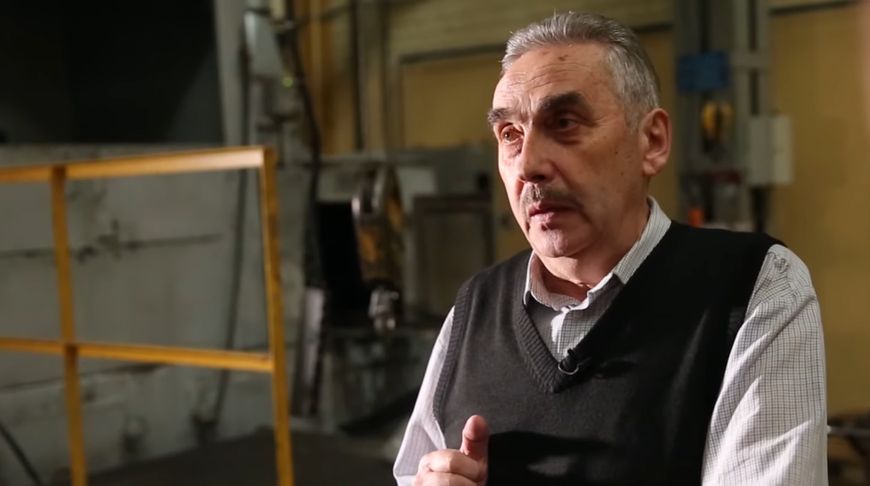
Not only Minsk Motor Plant, but the whole country was struggling in the early 1990s. Workers rushed to the streets to go on strike. However, having visited the factory, Aleksandr Lukashenko wrote in the book of reviews and suggestions in September 1994: “For the first time in recent years, I have felt that we will break through!”
The factory did not only survive, but also quadrupled the output of industrial engines over 10 years. By 2005, 24 types of engines were produced here, while in 1994 only one 80hp modification was manufactured.
“Our country produces tractors, forage and grain harvesters, thus we should stop buying engines from abroad, otherwise we will remain dependent on imports,” Aleksandr Lukashenko emphasized.
A few years later, Belarusian enterprises were hit again: in 2008, the world was going through a financial and economic crisis. It also affected the Belarusian economy, since almost all of it was export-oriented. The president inspected enterprises to see firsthand how people worked under these conditions and where to look for additional reserves.
“Our country produces tractors, forage and grain harvesters, thus we should stop buying engines from abroad, otherwise we will remain dependent on imports,” Aleksandr Lukashenko emphasized.
A few years later, Belarusian enterprises were hit again: in 2008, the world was going through a financial and economic crisis. It also affected the Belarusian economy, since almost all of it was export-oriented. The president inspected enterprises to see firsthand how people worked under these conditions and where to look for additional reserves.
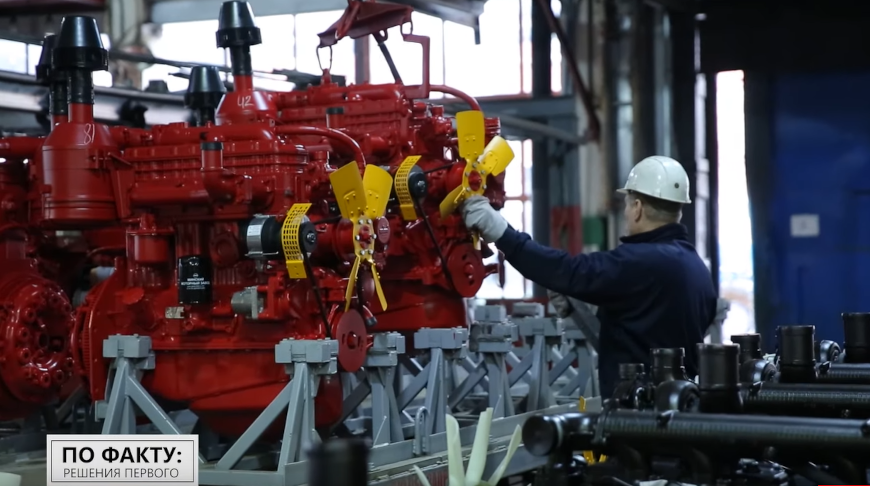
“You ask whether I am happy or not with what I see at the enterprise. When I came here, I would always set a task to produce a particular engine. The team worked very hard and did a very good job: they learned to make a Euro 5 engine. This opens up a whole new world of opportunities. Euro 5! We were struggling to make Euro 3 and couldn’t even dream of mastering Euro 4, but they have made Euro 5. Of course, it is a great job. It is very important for us to hold our ground, preserve manufacturing capacities, and not to give up, not to get discouraged by the fact that this market niche is already taken. This is our key task. We will improve and earn more. The strongest will emerge from this crisis even stronger,” the head of state said during a visit to MMZ in February 2009.
Why Lukashenko ‘clings’ to Soviet times
Today Minsk Motor Plant is one of the largest industrial companies in Belarus and a leading engine manufacturer in the CIS. Diesel, gas-diesel and reciprocating engines powered by gas, diesel generators, stationary and mobile compressor stations, and special equipment come off its conveyors. Just think of it: over the time span of 60 years, more than five million engines have been produced, over two thousand modifications have been developed.
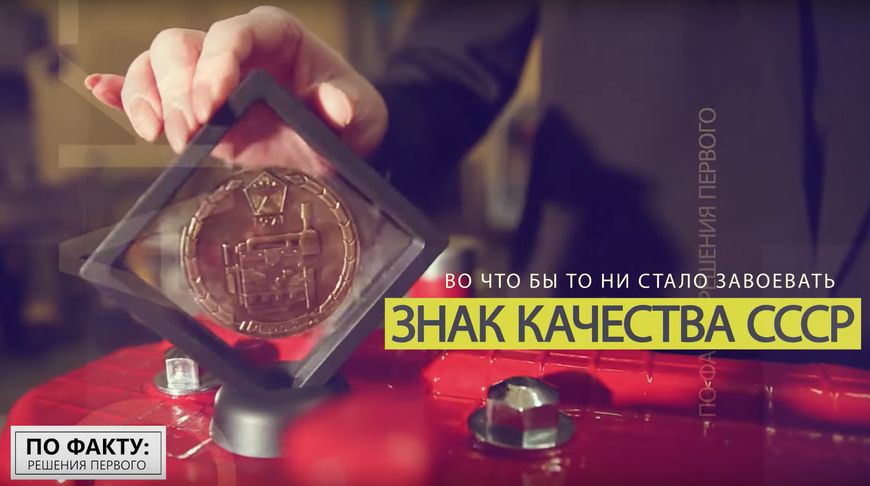
At the meeting to discuss efforts to improve quality and to institute the State Quality Mark at the start of 2024 Aleksandr Lukashenko explained why he “clung” to the Soviet time
“Had there not been that Soviet period, there would not have been the most advanced products. It’s easy to destroy things, but in this case, what would we have to lean on to develop new, cutting-edge products? We would not have had this foundation. Smart people preserve and build on the things that have been created by previous generations. So we did. Having survived the turbulent years of the 1990s, it was not easy for us to preserve the quality standards set by the Soviet people, but we were able to do it. The situation was so dire that there was simply no other way but to press ahead. We held out. Today we are developing the most advanced models of equipment. But I should say frankly: the quality still needs to be better. Our competitors are at our heels,” the president stressed.
Why Belarus institutes State Quality Mark
It was for a reason that Belarus decided to revive the good Soviet tradition to award the State Quality Mark. “If our products have a better quality, they will be irreplaceable in the world,” explained Aleksandr Lukashenko.

Minsk Motor Plant, for example, plans to nominate the 3LD small-displacement three-cylinder engine for the Quality Mark. Why this particular product?
“This new product has become an integral part of our lineup. It has been gaining popularity since 2014 and today we hold a decent place among European small engine manufacturers. These engines show a minimal defectiveness rate. This is a highly reliable engine. The engine has made its mark in the Russian Federation as well. Such engines are fitted on loaders, small tractors, and road machinery. We are constantly increasing the output of these engines,” Ivan Bakun, Deputy Director General – Director for Product Quality and Technical Service, said. “The president’s instruction is to enter the world market. In order to do so, we must make sure that our products are of the highest quality. We also need to offer excellent maintenance services. The quality and maintenance services must be top-notch in every respect.”
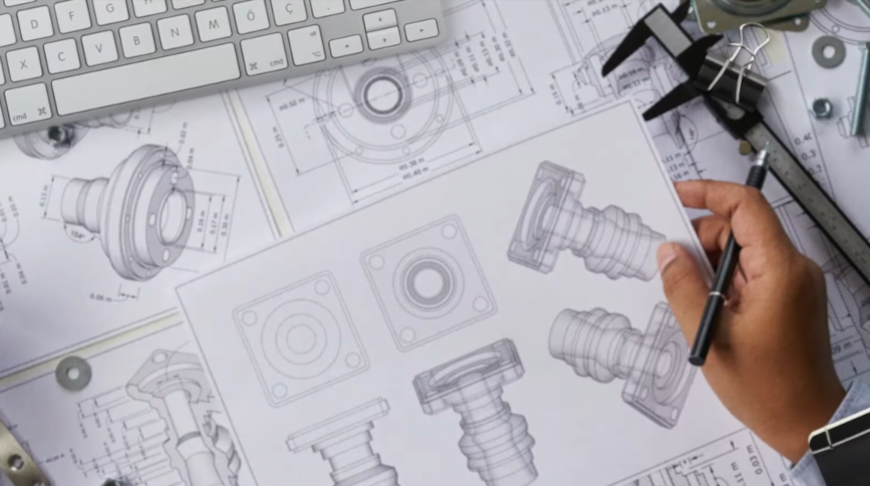
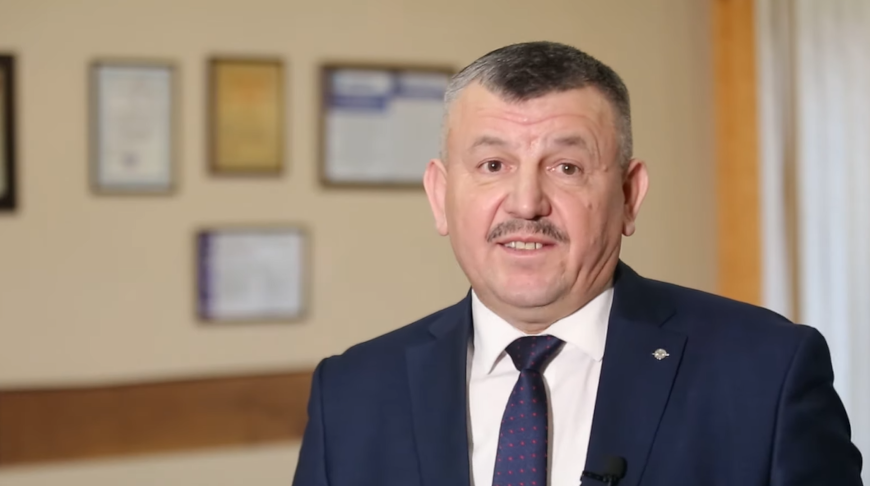
What Minsk Motor Plant develops today
Like 60 years ago, Minsk Motor Plant is ready to set records again. In 2020, the plant launched the development of a super-power 16-cylinder engine. A new bureau was set at the enterprise, and designers embarked on the work. It takes some five years on average to develop a new engine, which means we will soon see a new product.
“The task was to meet the needs of the domestic heavy engineering industry. These are, first of all, haul trucks with carrying capacity of 220-290 tonnes. Engines for 360t capacity vehicles are our next project. A lot of work has been done. We have developed a full set of design documentation and manufactured a large number of blanks. We got down to the processing and manufacturing stage. By 2025 tentatively, we expect to assemble a finished sample in order to run tests and see what to do next. This is a very complex process. No matter how hard designers work, you can never be sure of the final result,” Aleksandr Nikishev, Head of the Special Purpose Engine Bureau, Chief Designer’s Department, said.
Like 60 years ago, Minsk Motor Plant is ready to set records again. In 2020, the plant launched the development of a super-power 16-cylinder engine. A new bureau was set at the enterprise, and designers embarked on the work. It takes some five years on average to develop a new engine, which means we will soon see a new product.
“The task was to meet the needs of the domestic heavy engineering industry. These are, first of all, haul trucks with carrying capacity of 220-290 tonnes. Engines for 360t capacity vehicles are our next project. A lot of work has been done. We have developed a full set of design documentation and manufactured a large number of blanks. We got down to the processing and manufacturing stage. By 2025 tentatively, we expect to assemble a finished sample in order to run tests and see what to do next. This is a very complex process. No matter how hard designers work, you can never be sure of the final result,” Aleksandr Nikishev, Head of the Special Purpose Engine Bureau, Chief Designer’s Department, said.
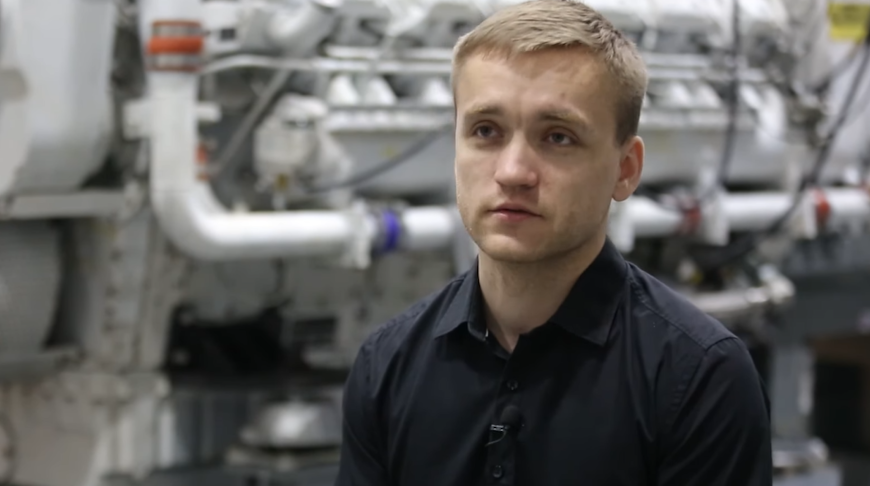
A special shop has been built at the plant to test engines. Such engines may boast up to 5,500hp. Belarus has never made such products before. This equipment is unique. The capacity of V16 is nine times higher than that of the MMZ most powerful commercial engine and almost 40 times higher than that of a passenger car engine.
“This will be a large engine. More than 3 meters long, over 2 meters high, and more than 2 meters wide. It will be a huge engine. Belarus has never developed such large engines before, and now we are doing it,” Aleksandr Nikishev added.
Minsk Motor Plant has a lot to be proud of. Today its products are present on five continents. Machinery with MMZ engines operates in more than 120 countries.
“Today the plant’s marketing strategy is focused on increasing deliveries to our traditional markets. These are the Russian Federation, Kazakhstan, Georgia, Uzbekistan, Moldova and many others. We are also working hard to enter new markets. Today, our priorities are Asia and Africa. Of course, there is more to come. Ahead are more new products, more new equipment fitted with our engines, new markets, new countries and new horizons,” Anna Kodymova, Head of the Marketing Research and Product Promotion Department, said.

Belarusians are proud of their high-quality goods. However, in order to stay ahead of the curve and compete with the world’s best manufacturers, it is necessary to take it up a notch. “We always try to go one step further, maybe even two,” Aleksandr Lukashenko emphasized. Fair point.




